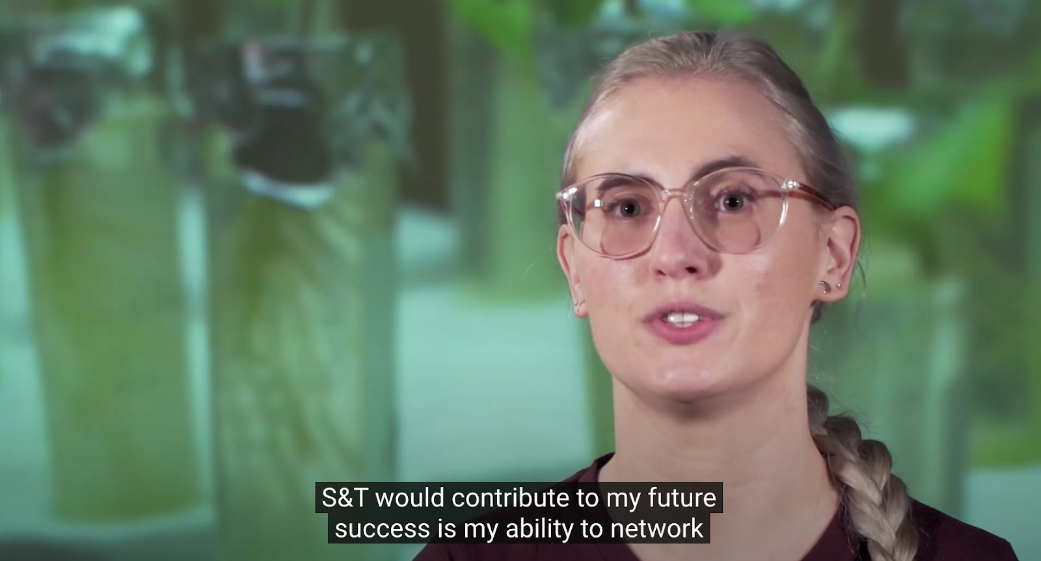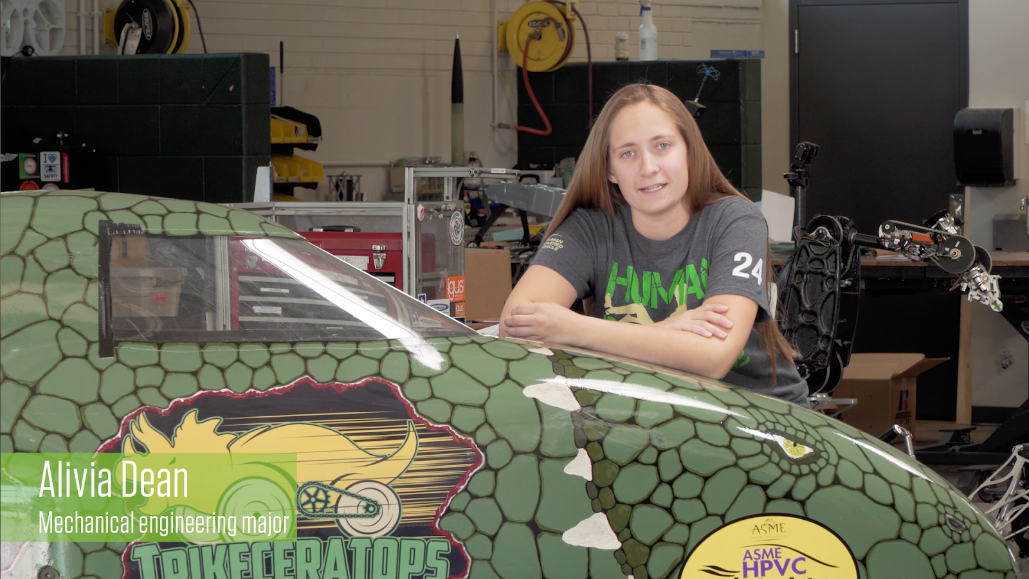Video production
Thinking of using video to tell a story? Videos are an excellent way to evoke emotion and create empathy, and even short videos require investing significant time and technical expertise to ensure a quality production. It takes time to plan, shoot and edit a quality video, so you should start planning your video project two or three months ahead.
Before you decide to create a video project yourself, consider whether your project could be created in partnership with marketing and communications. Due to the increased demand (and limited staffing) for videos, marketing and communications, we review requests to determine where the requested project best fits in terms of workload and purpose. Once decided, we will contact the person making the request to see how we can best proceed.
YouTube
In general, only content that is likely to appeal to a broad, global audience will be posted on the university’s primary YouTube channel.
Although there is no limitation to the length of video you can post, consider keeping your videos short (2 minutes or less).
Videos on Twitter must be 2 minutes and 20 seconds or less. Consider limiting your videos to just the highlights, and keep to 30 seconds or less as Twitter viewers tend to watch for shorter periods of time. You can upload videos up to 15 MB (sync) / 512 MB (async) within the length limits.
Instagram has a 1-minute video limit, and square videos perform better than the standard 1920 pixels x 1080 pixels. Although videos can be longer on IGTV, keep the most important information in the first 60 seconds as many viewers will not continue to watch after transitioning to IGTV. Instagram Stories offer an alternative method for distribution, and videos are broken into 15-second cuts. If you plan to distribute through Instagram Stories, shoot your video vertical (1080 x 1920).



Social media considerations